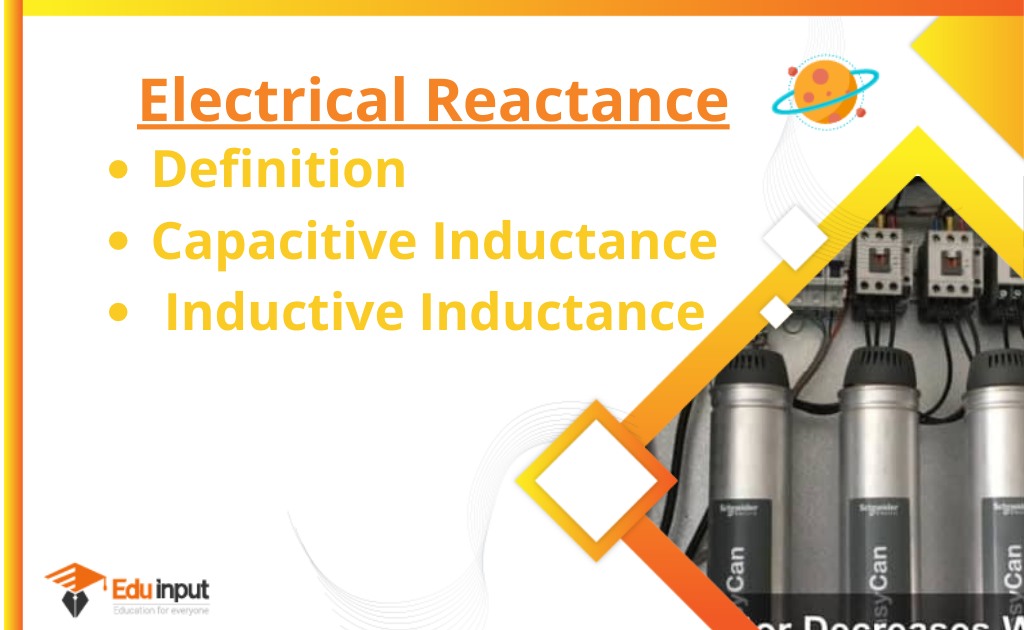What is Coaxial Cable?-Definition, Construction, And Application
Coaxial cables are commonly used in various electronic devices. They are used to transmit signals over long distances without interference. In order to make coaxial cables, copper wires are twisted together.
What is Coaxial Cable?
A coaxial cable is a type of transmission line and is used to carry high-frequency electrical signals with low losses. It is used in a variety of applications, including telephone trunk lines, broadband internet networking cables, high-speed computer data busses, cable television signals, and connecting radio transmitters and receivers to their antennas.
It is different from other shielded cables in that the dimensions of the cable and connectors are controlled to give a precise, constant conductor spacing, which is needed for it to function efficiently as a transmission line.
The inner conductor of coaxial cable is usually a solid copper, stranded copper, or copper-plated steel wire, surrounded by an insulation layer and sealed with a metallic braid and metallic tape. The jacket on the cable protects it from the elements.
Normally, the outside of the shield is kept free of ground potential and a signal is applied to the center conductor. When using differential signaling, the coaxial cable provides an advantage of equal push-pull currents on the inner conductor and inside of the outer conductor that restricts the signal’s electric and magnetic fields to the dielectric, with little leakage outside the shield.
Coaxial Cable Construction
Power handling capabilities, flexibility, strength, and cost are influenced by coaxial cable design choices. Solid conductors are more flexible than stranded conductors. It is possible to get better high-frequency performance with the inner conductor being silver-plated. The inner conductor of cable used in the cable TV industry may be made of plastic, foam plastic, or air with spacers. Some of the electrical properties of the cable are determined by the properties of the dielectric insulator. Lower-loss cables use a common choice is a solid polyethylene (PE) insulator.
Some coaxial lines use air to keep the inner conductor from touching the shield, while other lines use gas to keep the inner conductor from touching the shield. There are many materials that can be used to make a jacket. Some applications may require fire-resistant materials, so a common choice is PVC. The jacket might be required to resist UV light, oxidation, or direct burial outdoors. Flooded coaxial cables use a water-blocking gel to protect them from water. The insulated jacket may not be included for internal connections.
Applications of Coaxial Cable
A coaxial cable is used to transmit radio frequencies. Feedlines can be used to connect radio transmitters and receivers to their antennas, computer networks, digital audio, and distribution of cable television signals.
In an ideal coaxial cable, the signal can only be carried in the space between the inner and outer conductors, which is an advantage over other types of radio transmission lines. This allows coaxial cable runs to be installed next to metal objects, without the power losses that occur in other types of transmission lines. The signal from the external interference is protected by coaxial cable.






Leave a Reply